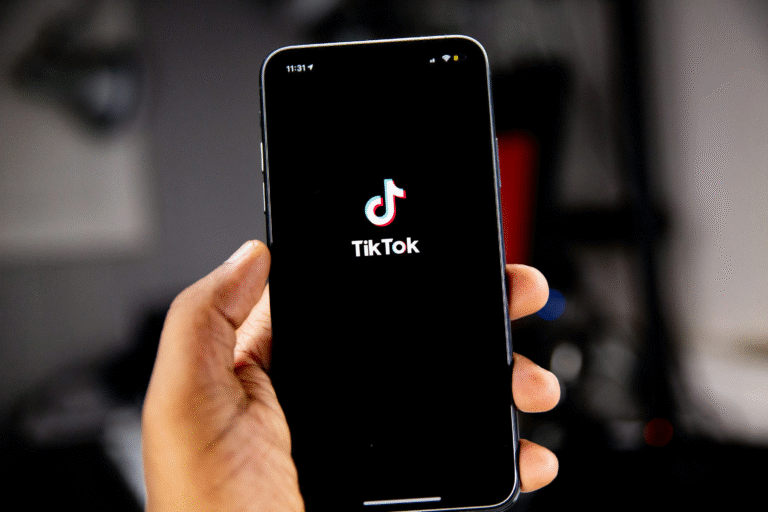In autumn 2024, the UK government is set to announce big financial decisions. Labour’s shadow chancellor, Rachel Reeves, will be presenting a budget aimed at closing a huge £40 billion gap in government spending. This budget isn’t just about raising money; it’s also about making sure there’s enough for schools, hospitals, and future investments.
Here’s a simple breakdown of the major tax changes and spending plans we might see:
1. Capital Gains Tax: Paying More for Selling Assets?
Capital gains tax (CGT) is paid by people who make a profit from selling things like property or shares. This tax mostly affects a small percentage of the population, yet it raises billions each year. Recently, the annual tax-free allowance for CGT has dropped from £12,300 to just £3,000, meaning more people have to pay it.

Some expect Reeves might increase the CGT rate even more, bringing it closer to income tax rates. If she does, this change would mostly impact those who make a lot of money from selling valuable assets.
2. Employer National Insurance Contributions: Could Businesses Be Paying More?
Currently, businesses pay national insurance contributions (NICs) for their employees at 13.8% of their earnings. If this rate goes up to 15.8%, businesses would have to pay more, which could bring in about £20 billion for the government. However, there’s concern this change could make it harder for businesses to hire new workers, as higher NICs can make staff more expensive to employ.
Another option on the table is to charge employers NICs on pension contributions. This could raise around £12 billion after paying public sector employers back.
3. Income Tax and NI Thresholds: Freezing the Thresholds Longer
Usually, the point where people start paying income tax or move to higher tax rates increases with inflation. However, the previous government froze these thresholds, a tactic called “fiscal drag.” With inflation, people may be pushed into higher tax brackets even if their real income doesn’t increase, meaning they end up paying more in taxes. Extending this freeze would help the government bring in more revenue without officially raising tax rates.
4. Inheritance Tax: Paying on Larger Estates
Inheritance tax is charged on large estates when someone passes away. For individuals, anything over £325,000 is taxed at 40%, and married couples get a combined limit of £1 million if their main home is passed on. Currently, only a small percentage of estates pay this tax, but if Labour considers changes, it could reduce exemptions like business or agricultural reliefs, potentially raising even more money.
5. Pension Taxation: Changes on the Horizon?
People who save in pensions can take out a tax-free 25% lump sum upon retirement. However, there are talks about reducing or even removing this benefit. Another idea floating around is a flat rate tax relief for pensions, meaning everyone might only get 20% relief, even if they’re in higher income tax brackets. This move would likely affect higher-income savers the most.
6. Non-Dom Tax Status: A Final Goodbye?
“Non-doms” are people who live in the UK but have their “permanent home” in another country, so they don’t pay UK tax on money made elsewhere. Labour has previously talked about removing this status, but there are concerns that such a change may drive wealthy non-doms away, ultimately resulting in less tax revenue.
7. Sin Taxes: Higher Taxes for Gambling?
Reports suggest the government may increase taxes on gambling companies, potentially raising up to £3 billion. This move would address issues related to gambling addiction, but it’s not certain if or how much these taxes will be raised yet.
8. Fuel Duty: Will It Finally Go Up?
Fuel duty, or the tax on fuel, has been frozen for years, and in 2022, it was even cut by 5p due to the rise in oil prices caused by global conflicts. Some groups argue it’s time to let the tax go up with inflation, though it’s unclear if the government will take this step.
Spending Plans: Where Will the Money Go?
Aside from taxes, the budget will also outline spending plans, particularly on public services and investment:
- Government Finances: The Office for Budget Responsibility (OBR) will soon release its latest economic forecast, which will include updates on inflation and interest rates. Lower inflation could ease the pressure on government spending, and if interest rates fall, it would reduce the cost of debt, potentially giving the government more room to maneuver.
- Public Services and No Austerity: Both the chancellor and prime minister have promised no return to austerity (severe spending cuts). However, inflation and recent pay raises for public sector workers mean there’s still pressure on budgets for things like local services and transportation. Hospitals are expected to receive the most significant boost in funding, with GPs likely getting increased support as well.
Final Thoughts: What Does This Mean for Us?
With many potential changes on the horizon, it’s clear the government is balancing between raising funds and investing in essential services. Tax increases, especially those that affect high earners or large businesses, may help fill the budget gap without cutting critical services. However, if spending continues to grow, Labour will need to find even more ways to cover these costs.

This budget may not mean massive changes for everyday people right away, but over time, things like frozen tax thresholds or higher employer NICs could affect paychecks and prices. Meanwhile, essential services like healthcare and education are likely to benefit from extra support, making this a budget that tries to balance fairness with financial stability.
In the coming months, we’ll see how these choices play out and what adjustments may still be made to keep the country on track financially while supporting the services that everyone relies on.











